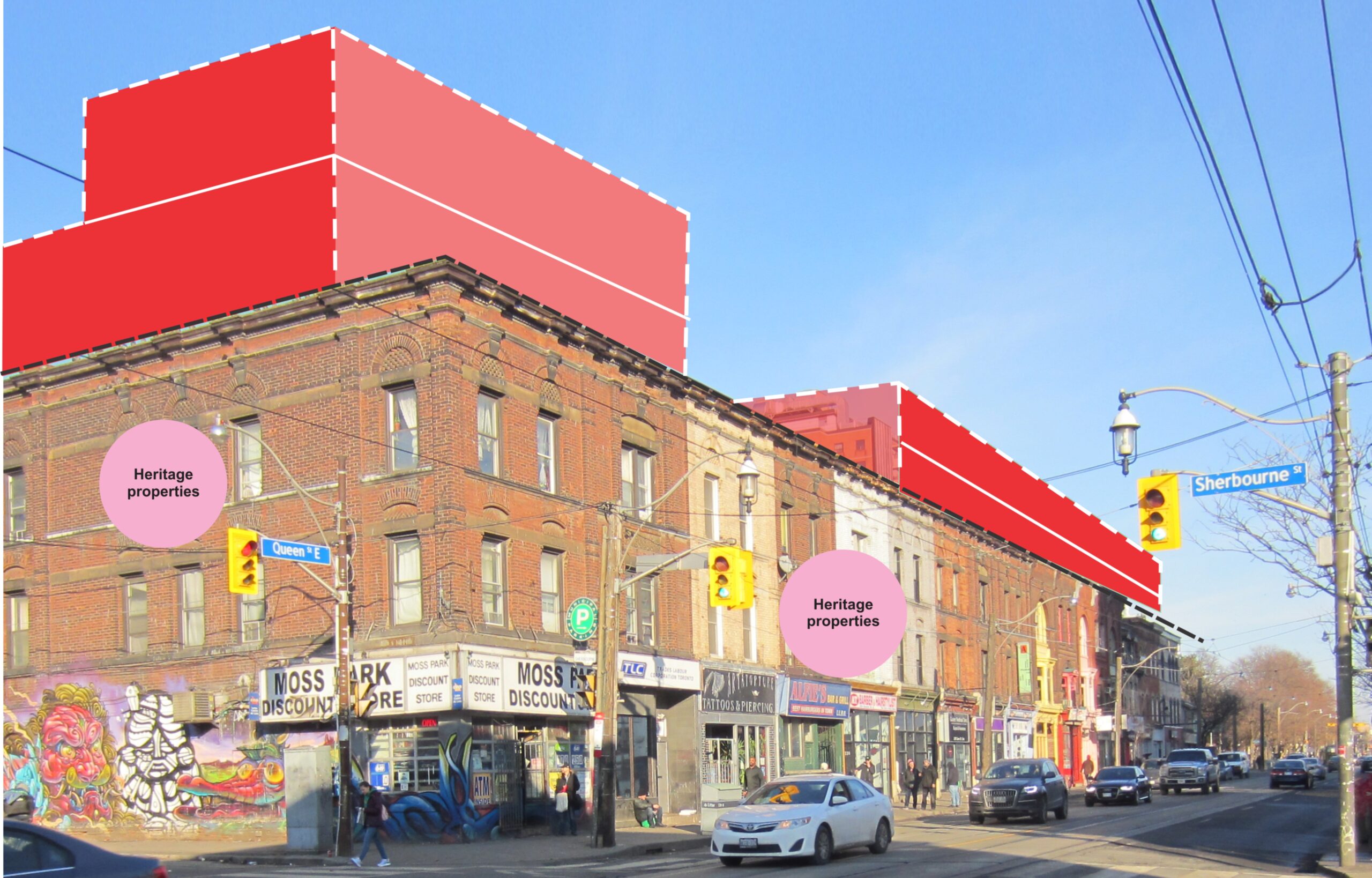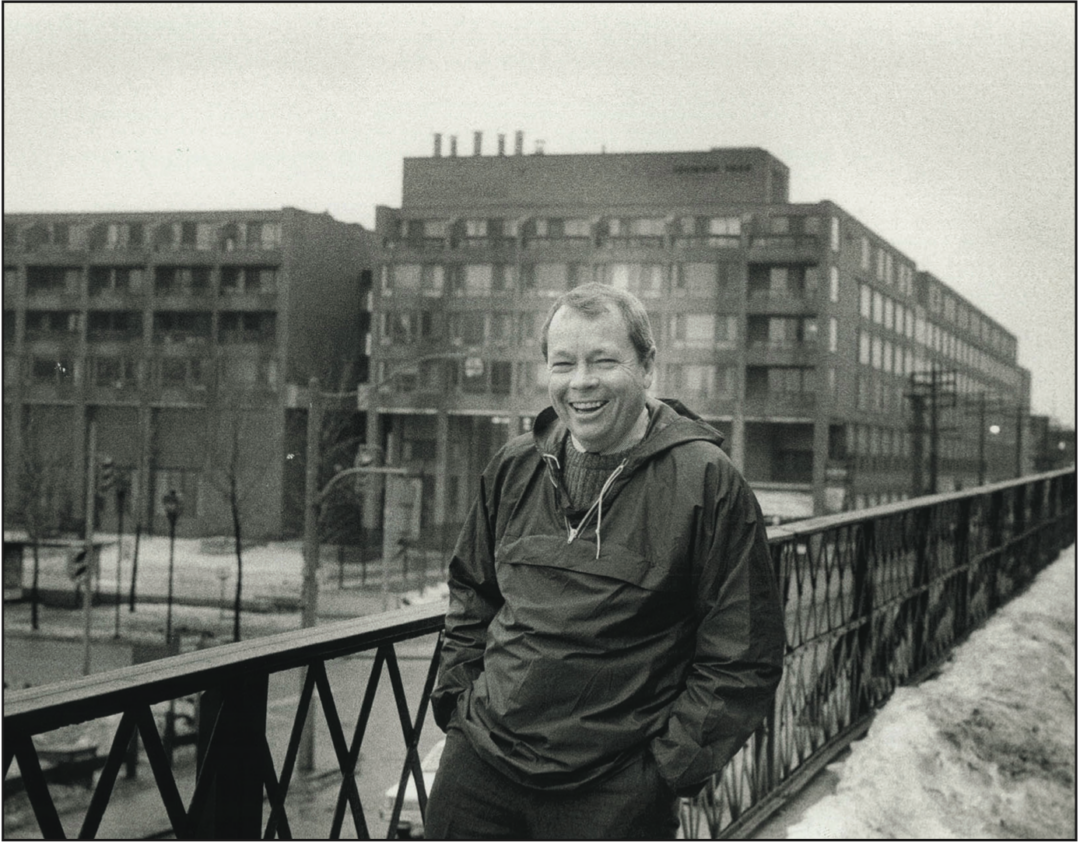By Rosemary Frei
The most recent version of the King-Parliament Secondary Plan (KPSP) was unveiled at a November 21 public consultation.
The plan will preserve the narrow strip of heritage buildings along Queen Street East between Jarvis and Parliament, and also will keep the retail focus of much of that street.

But the rest of the approximately 40-block Jarvis-Parliament area — bounded on the north by Queen Street East, Power and Parliament streets on the east, Scadding Ave., Esplanade and Front St E. on the south, and Jarvis on the west — is slated in the 25-year KPSP to be a ‘regeneration area.’
According to one of the paragraphs in the just three-paragraph-long section on the Jarvis-Parliament area in the KPSP, that area will be “targeted for significant growth, having a mix of compatible land uses including commercial, industrial, institutional, residential, live/work and entertaining uses within new buildings and existing ones, including the numerous historically and architecturally significant buildings in the area.”
The other regeneration area in the vicinity is the West Don Lands; however, most of that area is largely under-used former industrial land.
The Corktown area is treated very differently in the plan. It “is regarded as a unique, small-scale, fine-grained community consisting generally of small properties, including several heritage buildings. The area will be considered stable and gradual change is encouraged,” according to part of the 2 1/2 pages of the 33-page KPSP devoted solely to Corktown. “New development will consist primarily of small scale infill development and building conversions that are sensitive to the existing character and form of the community.”
The Distillery District is treated with even greater care: eight of the KPSP’s page focus on it.
City of Toronto planners used circumspect language in an interview with the bridge publisher André Bermon to describe what will happen to the Jarvis-Parliament area over the next 25 years.
“I think we would still say that the area” — including the area around the planned Moss Park Station on the Ontario Line rapid-transit route — “is still an area of incremental growth,” said Michelle Drylie, Senior Planner, Strategic Initiatives, at the City of Toronto. “It’s different in nature from the Financial District for example, and it will continue to be. Not to say that growth won’t come [t]here,” but it will be somewhat different.
Igor Dragovic, also a Senior Planner, Strategic Initiatives, admitted “there will likely be some pressures” on small businesses from future increases in commercial and property taxes. However, he said the economic-development arm of the city is creating a report on the future of that area, and the report “should devise some sort of initiatives or programs that can help businesses [along Queen E.] with high property-tax increases filtered [down to them] through their rent.”
This doesn’t reassure Christina Quezada, owner of Balloon Queen on Queen E. near Parliament.
“They want to build density … get us to pay more taxes or push us out to get more revenue from others coming in,” Quezada told the bridge in a telephone interview. “It’s discouraging. It’s going to break up the community environment…. It’s no longer going to be a place where families can stay and grow in.”
She said several small businesses found refuge on the Queen E. strip after having to leave the west end due to escalating property taxes, but that the KPSP implies tax increases likely will follow them.
“This is where I raised my family. My kids said [to me] one day, ‘I don’t think that we’ll be able to raise our children here.’ And that was sad to hear.”




